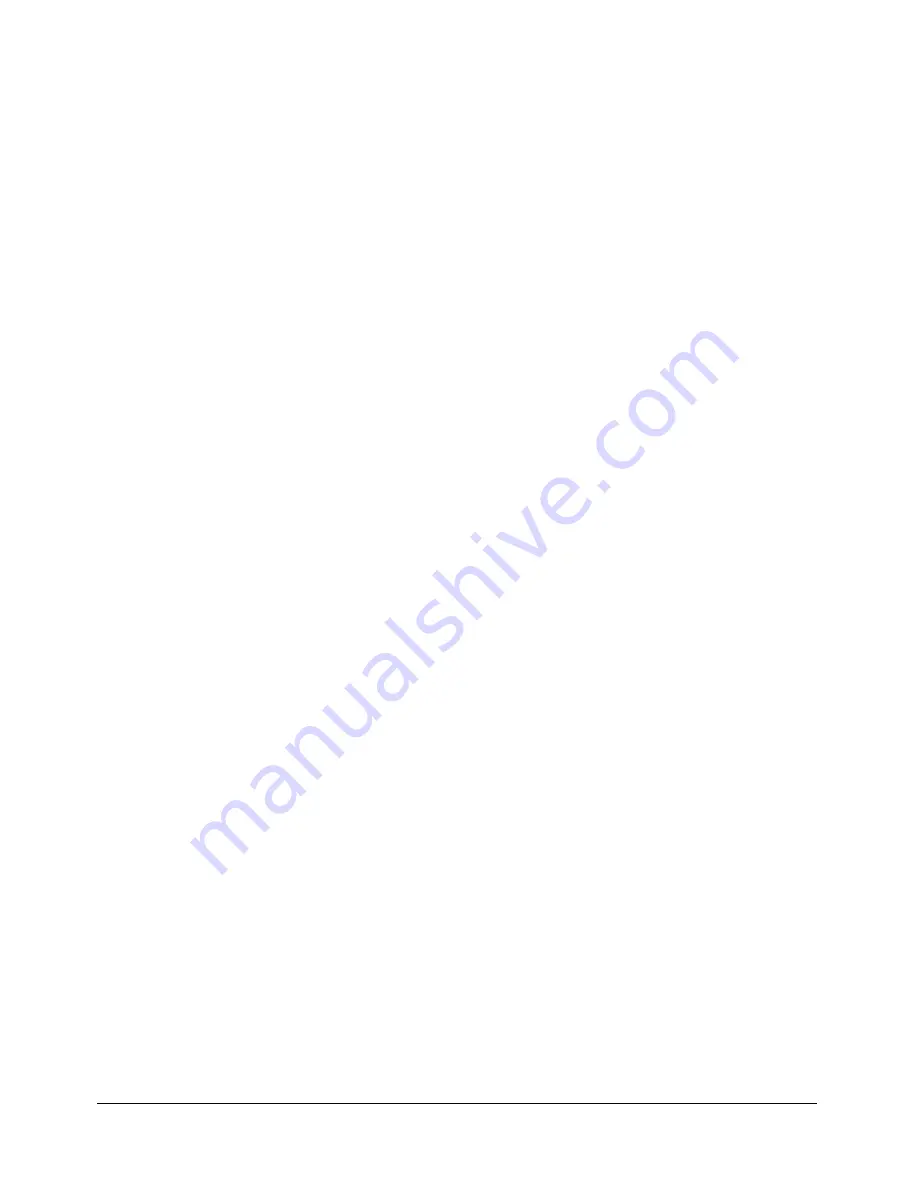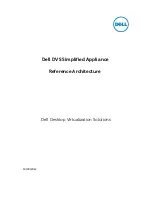
Tags and functions for globalizing
379
Determining the page encoding of server output
Before ColdFusion can return a response to the client, it must determine the encoding to use for
the data in the response. By default, ColdFusion returns character data using the Unicode UTF-8
format.
ColdFusion pages (.cfm pages) default to using the Unicode UTF-8 format for the response, even
if you include the HTML
meta
tag in the page. Therefore, the following example will
not
modify
the character set of the response:
<!DOCTYPE HTML PUBLIC "-//W3C//DTD HTML 4.01 Transitional//EN"
"http://www.w3.org/TR/html4/loose.dtd">
<html>
<head>
<title>Untitled Document</title>
<meta http-equiv="Content-Type"
content="text/html;
charset="Shift_JIS">
</head>
...
In this example, the response will still use the UTF-8 character set. Use the
cfcontent
tag to set
the output character set.
However, within a ColdFusion page you can use the
cfcontent
tag to override the default
character encoding of the response. Use the
type
attribute of the
cfcontent
tag to specify the
MIME type of the page output, including the character set, as follows:
<cfcontent type="text/html charset=EUC-JP">
Note:
ColdFusion MX also provides attributes that let you specify the encoding of specific elements,
such as HTTP requests, request headers, files, and mail messages. For more information, see
“Tags
and functions for controlling character encoding” on page 380
and
“Handling data in ColdFusion
MX” on page 382
.
The rest of this chapter describes ColdFusion tags and functions that you use for globalization,
and discusses specific globalization issues.
Tags and functions for globalizing
ColdFusion MX supplies many tags and functions that you can use to develop globalized
applications.
Summary of Contents for ColdFusion MX
Page 1: ...Developing ColdFusion MX Applications...
Page 22: ...22 Contents...
Page 38: ......
Page 52: ...52 Chapter 2 Elements of CFML...
Page 162: ......
Page 218: ...218 Chapter 10 Writing and Calling User Defined Functions...
Page 250: ...250 Chapter 11 Building and Using ColdFusion Components...
Page 264: ...264 Chapter 12 Building Custom CFXAPI Tags...
Page 266: ......
Page 314: ...314 Chapter 14 Handling Errors...
Page 344: ...344 Chapter 15 Using Persistent Data and Locking...
Page 349: ...About user security 349...
Page 357: ...Security scenarios 357...
Page 370: ...370 Chapter 16 Securing Applications...
Page 388: ...388 Chapter 17 Developing Globalized Applications...
Page 408: ...408 Chapter 18 Debugging and Troubleshooting Applications...
Page 410: ......
Page 426: ...426 Chapter 19 Introduction to Databases and SQL...
Page 476: ...476 Chapter 22 Using Query of Queries...
Page 534: ...534 Chapter 24 Building a Search Interface...
Page 556: ...556 Chapter 25 Using Verity Search Expressions...
Page 558: ......
Page 582: ...582 Chapter 26 Retrieving and Formatting Data...
Page 668: ......
Page 734: ...734 Chapter 32 Using Web Services...
Page 760: ...760 Chapter 33 Integrating J2EE and Java Elements in CFML Applications...
Page 786: ...786 Chapter 34 Integrating COM and CORBA Objects in CFML Applications...
Page 788: ......
















































